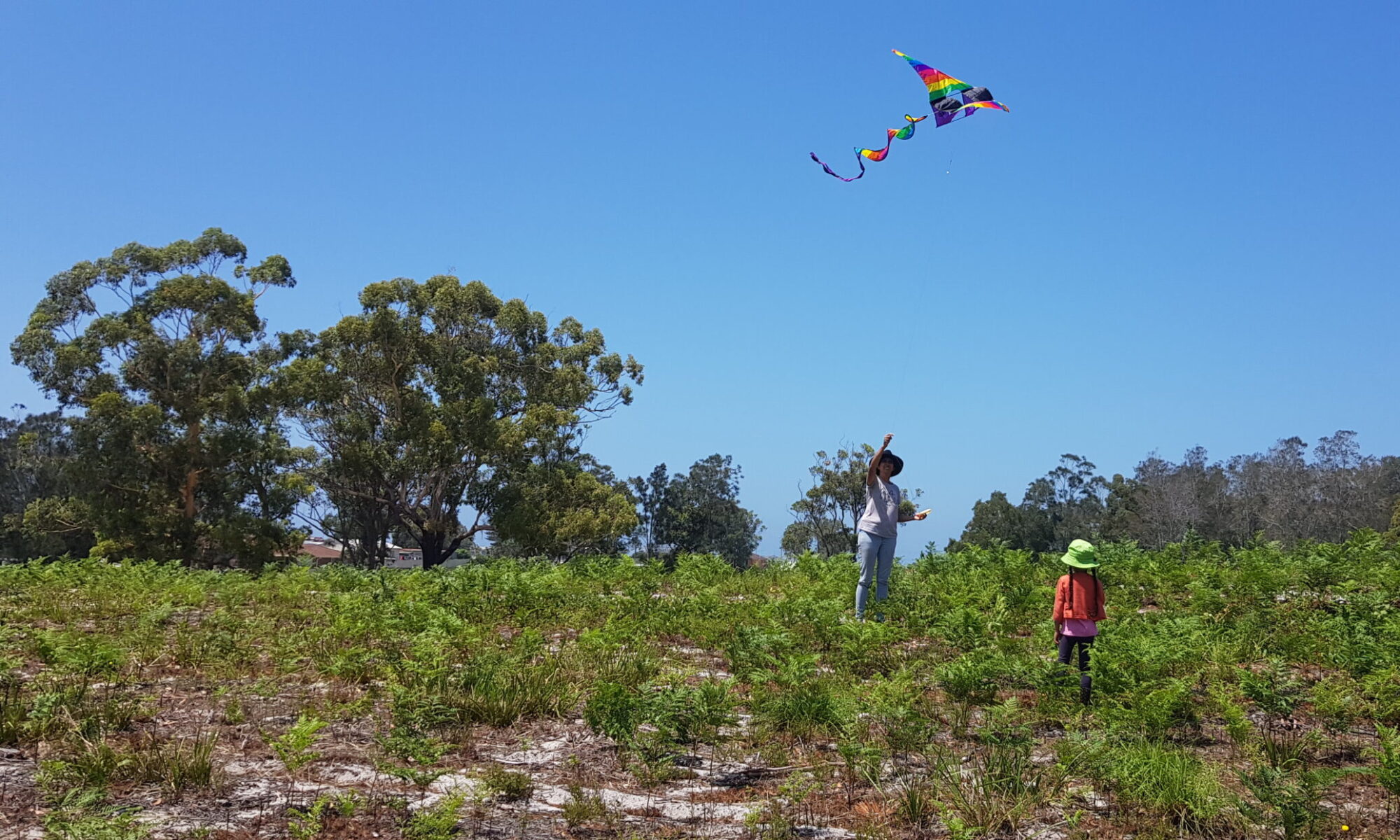Passive home design (https://www.yourhome.gov.au/passive-design) is a design standard that achieves thermal comfort with minimal heating and cooling optimising energy use by:
- Designing for your climate
- Passive Heating
- Passive Cooling
- Orientation to solar and prevailing winds
- Thermal Mass
- Insulation and avoiding thermal bridges
- Glazing
- Shading
- Skylights and Roof windows
- Ventilation and Air tightness
- Condensation
Passive Heating & Cooling
Solar orientation and thermal mass: Ensuring northerly orientation (in Southern hemisphere) of daytime living areas with solid concrete, brick or tile behind large glazing, allowing sunlight to penetrate and heat up thermal mass for heat storage.
Solar Chimney: has a multi storey tower oriented towards the sun, encased in glazing, with thermal mass such as a concrete stairwell enclosed, which heats up air and materials. This heat can be ventilated to other rooms of the house, or during summer, it’s convection creates ventilation suction through the house if a skylight is opened allowing hot air to rapidly escape.
Buffer zones: mini closed rooms as buffers between external doors and internal areas, reduce heat/cooling loss when opening/closing doors.
Underfloor heating/cooling: pipes with heated or cooled water. Using Solar water heating or cooling through geothermal ground source heat exchange.
Solar hot water: is more efficient than heating water electrically. A large well insulated water tank is also one of the best storage batteries for heat/cold.
Heat Pump:
GeoThermal: Ground source heat exchanger/pump: places >30m pipes in a closed water circulation loop, >2m underground where a stable temperature of 14c can be used for cooling during summer or heating during winter. The very cool water can be circulated back to either:
- underfloor pipes and radiators with fans to absorb and remove heat to ground,
- A geothermal heat pump/exchanger unit, uses refrigerant condenser like AC, with multi-stage compressors (like Bosch), that can provide heating or cooling albeit using a little more electricity. The heat pump hot refrigerant fluid is pumped out to lose heat underground, and returns cooled fluid. Massively increasing the efficiency of the unit.
The case study achieved a geothermal system within a 1 acre land plot, with 7 narrow trenches 60cm wide, 3m deep, of 30m runs servicing a 7 ton unit. A wider trench means the piping coils can have shorter runs. Each ton of heating/cooling unit required 180m of pipe coiled.
Refrigeration
This may include fridges, chest freezers, wine chillers, cold boxes or eskys, cold storage rooms, and basement cold storage root cellars. Energy efficient appliances
Root Cellar, Basement cold room: a well insulated dry basement which keeps a stable ground temperature near 14c acts as a cold room. This can be enhanced by allowing overnight cold air entry, between 5am and 6am before sunrise on cold nights to further reduce temperature.
Fridge Cooling: To help the fridge work less and thus consume less electricity, the fridge body can be enclosed in a sealed insulated cupboard with cold airflow. Often when external temperatures are colder than inside, external air can be cycled into the insulated enclosure. In hotter weather a fan forced radiator, circulating cold air fed by geothermal water pump, offering 14c. Colder temperatures can be achieved from a geothermal heat pump unit, which uses a little more electricity albeit efficiently.
